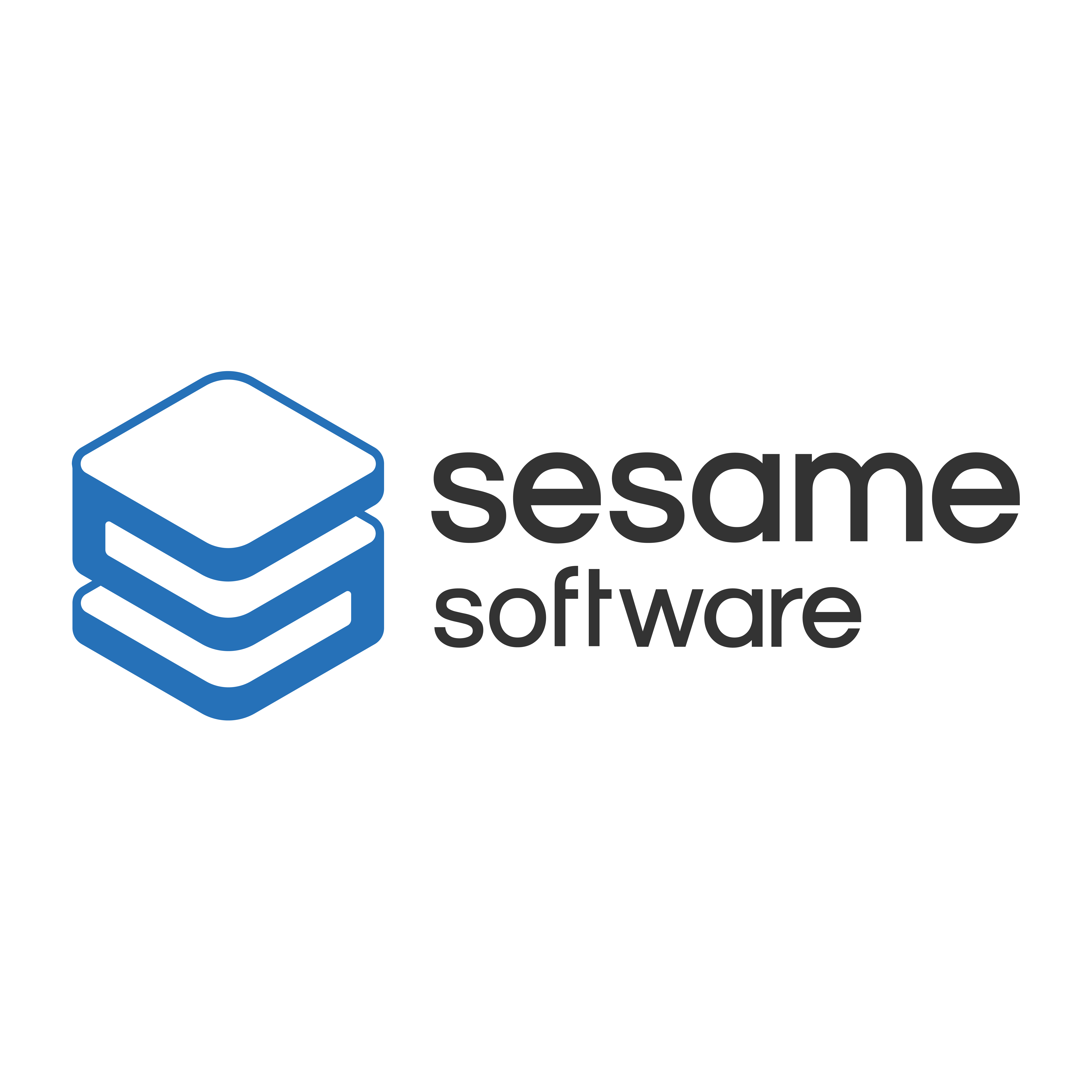For technical NetSuite users, ensuring optimal performance is an ongoing battle. Data management bottlenecks can quickly become a drag on efficiency, hindering reporting, scalability, and overall user experience. This blog post dives into how Sesame Software’s data can empower you to overcome these challenges and unlock the full potential of your NetSuite investment.
Common NetSuite Performance Pain Points
NetSuite offers a powerful platform for managing various aspects of your business. However, as your data volume grows and reporting needs become more complex, you may encounter several roadblocks:
- Slow Reporting & Data Silos: NetSuite data can become fragmented across modules and integrations, leading to cumbersome report generation and limited visibility into key metrics.
- Scalability Challenges: The native reporting capabilities of NetSuite can struggle with ever-increasing data volumes, impacting overall system performance.
- Cloud vs. On-Premise Considerations: Choosing between managing an on-premise data warehouse or leveraging the cloud can significantly impact performance and resource allocation for your technical team.
- Time & Effort Drain: Manual data extraction, transformation, and loading (ETL) processes can consume valuable time, taking away from core data analysis tasks.
How Sesame Software Optimizes NetSuite Performance
Sesame Software integrates seamlessly with NetSuite, providing a comprehensive approach to optimizing performance. Here’s how:
- Data Warehousing Integration: Establishes a dedicated data warehouse to house your NetSuite data. This offloads reporting tasks from NetSuite, ensuring faster report generation and improved system performance.
- Scalability & Flexibility: The platform is built to scale with your data volume. You can handle massive datasets without sacrificing query speeds or reporting efficiency.
- Cloud-Agnostic Approach: Whether you leverage an on-premise or cloud-based data warehouse, our solution adapts to your existing infrastructure. This empowers you to choose the deployment option that best aligns with your technical strategy.
- Automated Data Management: Automates the entire data replication process, eliminating manual data manipulation and minimizing the risk of human error. This frees up your technical team to focus on higher-value activities.
Measurable Benefits for NetSuite Users
While specific performance metrics may vary depending on your unique setup, Sesame Software’s solutions offer several potential benefits:
- Significantly Faster Reporting: By offloading reporting to a dedicated data warehouse, users can expect a dramatic reduction in report generation times.
- Improved Data Accuracy & Consistency: Automation minimizes the risk of errors during data extraction and transformation, ensuring consistent, reliable data across your organization.
- Enhanced Scalability: Sesame Software empowers you to handle growing data volumes without sacrificing performance or introducing bottlenecks within NetSuite.
- Increased Team Efficiency: By automating data management tasks, technical teams are freed up to dedicate more time to strategic analysis and development projects.
Real-World Example: Enhanced Workflow & Reporting at Esquire
Sesame Software’s success stories showcase the tangible benefits for technical users. For instance, the Esquire case study demonstrates how Sesame Software facilitated efficient nationwide reporting by integrating CRM and ERP data, streamlining workflows for the company.
Conclusion
NetSuite offers a powerful business management platform, but data management challenges can hinder its full potential. Sesame Software provides a comprehensive approach to optimizing NetSuite data replication, offering scalability, automation, and a cloud-agnostic approach. By integrating seamlessly with NetSuite, Sesame Software empowers technical users to overcome common performance bottlenecks and unlock the true value of their data.
Still Trying To Figure Out Where To Start?
We can help. Schedule a demo of Sesame Software today to discuss how we can help create a unified view of your data by bringing it all to one place with instant connections to on-premise or cloud enterprise applications or databases.


